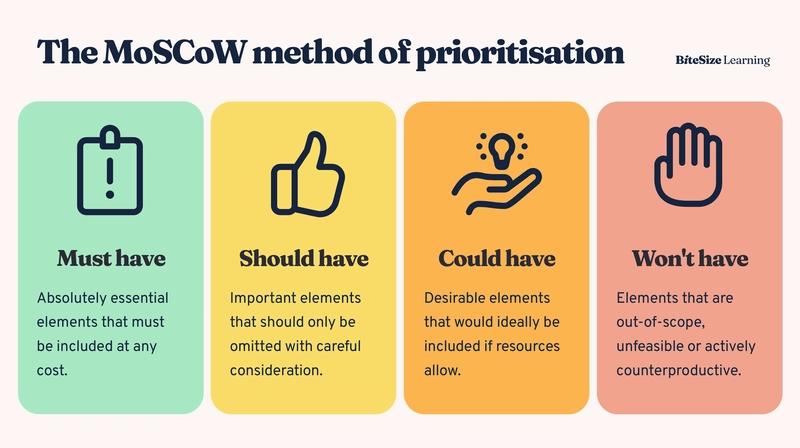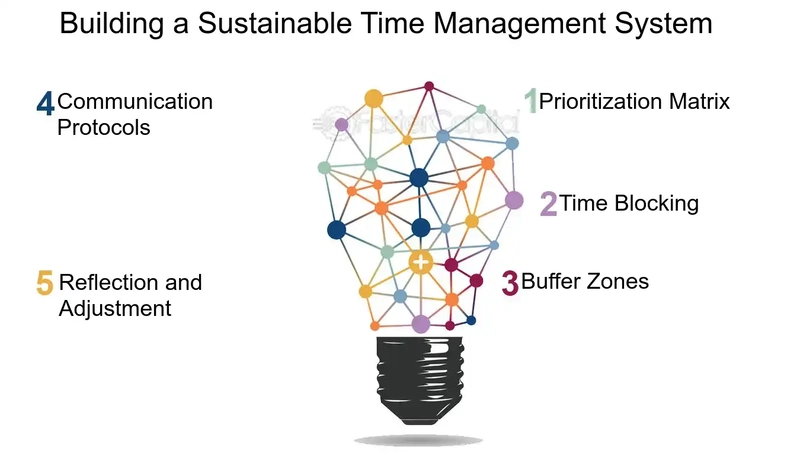How to Prioritize Tasks When Everything Feels Urgent: A Developer's Guide
Introduction As developers, we've all experienced those days when our task list seems to explode with "urgent" requests. The product manager needs that feature ASAP. Three critical bugs just appeared in the production. The tech debt you've been postponing is finally causing problems. And somehow, you're expected to handle it all simultaneously. When everything feels urgent, nothing truly is. Yet the pressure remains very real. The good news? With the proper prioritization framework and tools, you can cut through the chaos and focus on what genuinely matters. Why Task Prioritization Matters for Developers Effective prioritization isn't just about working faster but working smarter. For developers specifically, proper task prioritization: Reduces context switching, which research shows can decrease productivity by up to 40% Ensures critical bugs and security issues get addressed before they impact users Aligns development work with business goals and deadlines Decreases stress and prevents burnout Creates space for deep work, where your best coding happens Without a clear system for prioritization, you'll find yourself constantly firefighting, never making meaningful progress on important projects, and watching your productivity suffer. Effective Frameworks for Prioritizing Development Tasks When facing an overwhelming task list, these proven frameworks can help you determine what deserves your attention first. The Eisenhower Matrix: Urgent vs. Important The Eisenhower Matrix divides tasks into four quadrants based on their urgency and importance: Urgent & Important: Critical bugs, security vulnerabilities, production outages. Do these immediately. Necessary but Not Urgent: Code refactoring, documentation, learning new skills. Schedule time for these. Urgent but Not Important: Many meetings, some emails, status updates. Delegate these when possible. Neither Urgent nor Important: Busy work, distractions. Eliminate these entirely. For developers, this framework is particularly valuable because it helps distinguish between genuine emergencies (like security breaches) and tasks that merely feel urgent but can wait (like that feature request that "absolutely must be done this week"). The ABCDE Method The ABCDE method, developed by Brian Tracy, offers a straightforward approach to prioritization: A: High-priority, urgent tasks with significant consequences if not completed B: Important tasks but less urgent than A, with moderate consequences C: Low-priority tasks with few to no consequences D: Tasks that can be delegated to others E: Tasks that can be eliminated entirely Always tackle your "A" tasks first, as they need immediate action and significantly impact your long-term goals and deadlines. The MoSCoW Method Particularly useful for agile development teams, the Moscow method categorizes tasks as: Must have: Critical requirements that must be completed for the project to succeed Should have: Important features that add significant value but aren't absolutely necessary Could have: Desirable features that would enhance the product but can be postponed Won't have: Features that won't be implemented in the current iteration This framework works especially well when prioritizing user stories and requirements based on their importance to the overall user experience. Practical Steps to Prioritize When Everything Seems Urgent 1. Collect and List All Tasks Before you can prioritize effectively, you need visibility into everything on your plate. Create a comprehensive list of all tasks, including: Assigned tickets and bug reports Feature requests Code reviews Technical debt items Documentation needs Meetings and administrative work Use a project management tool to centralize this information rather than keeping it scattered across emails, Slack messages, and sticky notes8. 2. Assess True Urgency vs. Perceived Urgency Not everything labeled "urgent" truly is. Ask these questions to determine a task's actual urgency: What happens if this doesn't get done today? This week? Who is impacted if this task is delayed? Is this blocking other team members or critical path items? Is there a hard deadline driven by external factors (like a product launch)? Often, you'll find that many "urgent" requests can actually wait without significant consequences. 3. Apply a Prioritization Framework Choose one of the frameworks discussed earlier (Eisenhower Matrix, ABCDE, or MoSCoW) and categorize each task accordingly. Be honest and realistic about where tasks belong—don't let everything drift into the "urgent and important" category. 4. Focus on One Task at a Time Multitasking is a myth, especially for developers. Context switching between coding tasks is particularly expensive from a cognitive perspective. Once you've identified your highest priority task: Close

Introduction
As developers, we've all experienced those days when our task list seems to explode with "urgent" requests.
The product manager needs that feature ASAP. Three critical bugs just appeared in the production. The tech debt you've been postponing is finally causing problems. And somehow, you're expected to handle it all simultaneously.
When everything feels urgent, nothing truly is. Yet the pressure remains very real. The good news? With the proper prioritization framework and tools, you can cut through the chaos and focus on what genuinely matters.
Why Task Prioritization Matters for Developers
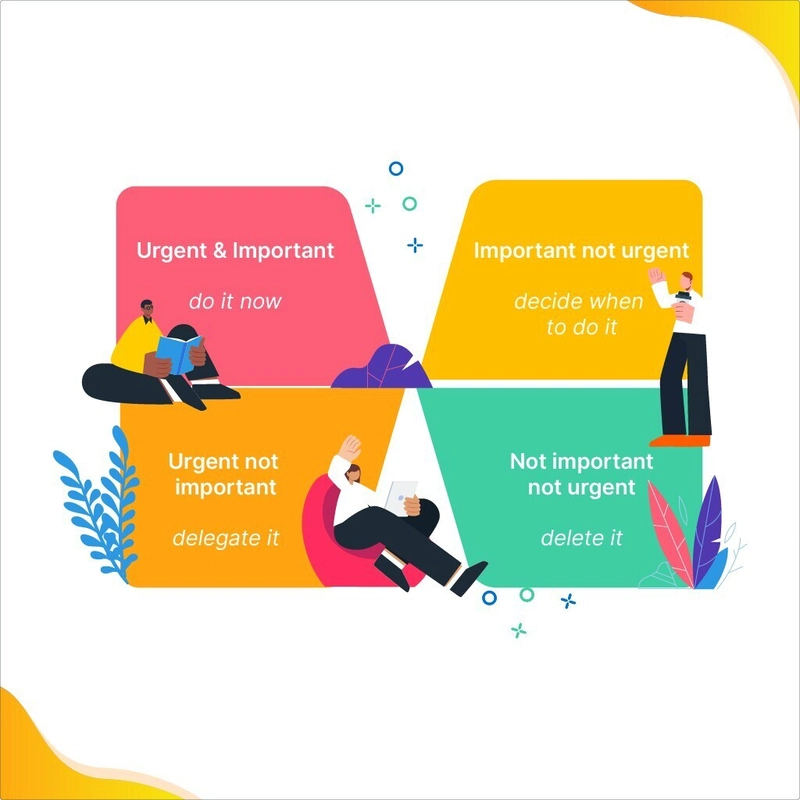
Effective prioritization isn't just about working faster but working smarter. For developers specifically, proper task prioritization:
- Reduces context switching, which research shows can decrease productivity by up to 40%
- Ensures critical bugs and security issues get addressed before they impact users
- Aligns development work with business goals and deadlines
- Decreases stress and prevents burnout
- Creates space for deep work, where your best coding happens
Without a clear system for prioritization, you'll find yourself constantly firefighting, never making meaningful progress on important projects, and watching your productivity suffer.
Effective Frameworks for Prioritizing Development Tasks
When facing an overwhelming task list, these proven frameworks can help you determine what deserves your attention first.
The Eisenhower Matrix: Urgent vs. Important
The Eisenhower Matrix divides tasks into four quadrants based on their urgency and importance:
- Urgent & Important: Critical bugs, security vulnerabilities, production outages. Do these immediately.
- Necessary but Not Urgent: Code refactoring, documentation, learning new skills. Schedule time for these.
- Urgent but Not Important: Many meetings, some emails, status updates. Delegate these when possible.
- Neither Urgent nor Important: Busy work, distractions. Eliminate these entirely.
For developers, this framework is particularly valuable because it helps distinguish between genuine emergencies (like security breaches) and tasks that merely feel urgent but can wait (like that feature request that "absolutely must be done this week").
The ABCDE Method
The ABCDE method, developed by Brian Tracy, offers a straightforward approach to prioritization:
- A: High-priority, urgent tasks with significant consequences if not completed
- B: Important tasks but less urgent than A, with moderate consequences
- C: Low-priority tasks with few to no consequences
- D: Tasks that can be delegated to others
- E: Tasks that can be eliminated entirely
Always tackle your "A" tasks first, as they need immediate action and significantly impact your long-term goals and deadlines.
The MoSCoW Method
Particularly useful for agile development teams, the Moscow method categorizes tasks as:
- Must have: Critical requirements that must be completed for the project to succeed
- Should have: Important features that add significant value but aren't absolutely necessary
- Could have: Desirable features that would enhance the product but can be postponed
- Won't have: Features that won't be implemented in the current iteration
This framework works especially well when prioritizing user stories and requirements based on their importance to the overall user experience.
Practical Steps to Prioritize When Everything Seems Urgent
1. Collect and List All Tasks
Before you can prioritize effectively, you need visibility into everything on your plate. Create a comprehensive list of all tasks, including:
- Assigned tickets and bug reports
- Feature requests
- Code reviews
- Technical debt items
- Documentation needs
- Meetings and administrative work
Use a project management tool to centralize this information rather than keeping it scattered across emails, Slack messages, and sticky notes8.
2. Assess True Urgency vs. Perceived Urgency
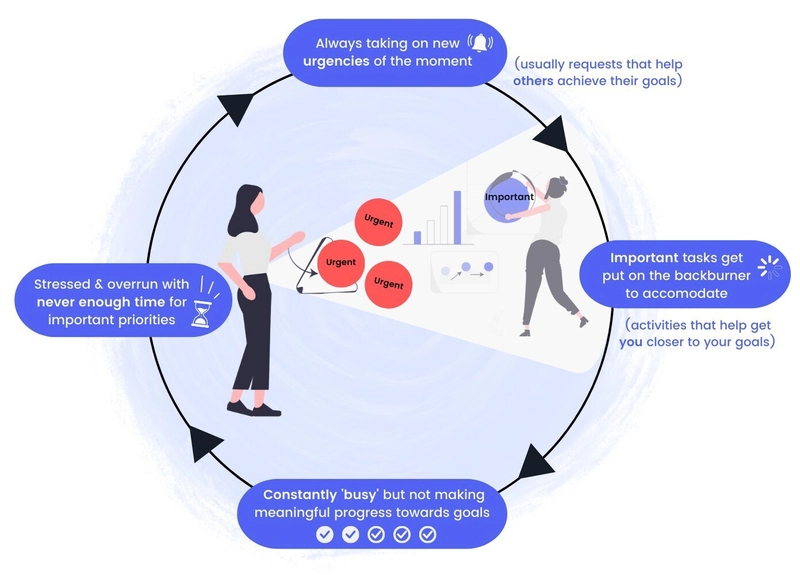
Not everything labeled "urgent" truly is. Ask these questions to determine a task's actual urgency:
- What happens if this doesn't get done today? This week?
- Who is impacted if this task is delayed?
- Is this blocking other team members or critical path items?
- Is there a hard deadline driven by external factors (like a product launch)?
Often, you'll find that many "urgent" requests can actually wait without significant consequences.
3. Apply a Prioritization Framework
Choose one of the frameworks discussed earlier (Eisenhower Matrix, ABCDE, or MoSCoW) and categorize each task accordingly. Be honest and realistic about where tasks belong—don't let everything drift into the "urgent and important" category.
4. Focus on One Task at a Time
Multitasking is a myth, especially for developers. Context switching between coding tasks is particularly expensive from a cognitive perspective. Once you've identified your highest priority task:
- Close unnecessary tabs and applications
- Block distractions (email, Slack, etc.)
- Set a timer for focused work (the Pomodoro Technique works well for many developers)
- Work on that single task until completion or until you reach a logical stopping point
5. Communicate Priorities and Set Expectations
When you can't do everything at once (and you can't), clear communication becomes essential:
- Let stakeholders know your current priorities and why you've ranked tasks in a particular order
- Provide realistic timelines for lower-priority items
- Negotiate deadlines when necessary
- Be transparent about capacity constraints
Most reasonable team members will understand prioritization decisions if you explain your reasoning clearly.
Leveraging Tools for Better Task Prioritization
The right tools can dramatically simplify the prioritization process for development teams.
Project Management Platforms
Build Sustainably with Teamcamp
Platforms like Teamcamp provide a centralized workspace where developers can visualize, organize, and prioritize their tasks effectively. Teamcamp specifically offers:
- Unified Project Dashboard: See all projects, tasks, and resources at a glance, making it easier to assess what truly needs attention first
- Task Prioritization Features: Assign priorities, deadlines, and estimates to tasks—perfect for implementing frameworks like the Eisenhower Matrix at scale
- Custom Task Status: Create workflows that adapt to your team's unique processes, ensuring everyone understands what stage each task is in
With these features, developers can quickly identify high-priority items and focus their attention where it matters most.
Time Tracking and Analysis
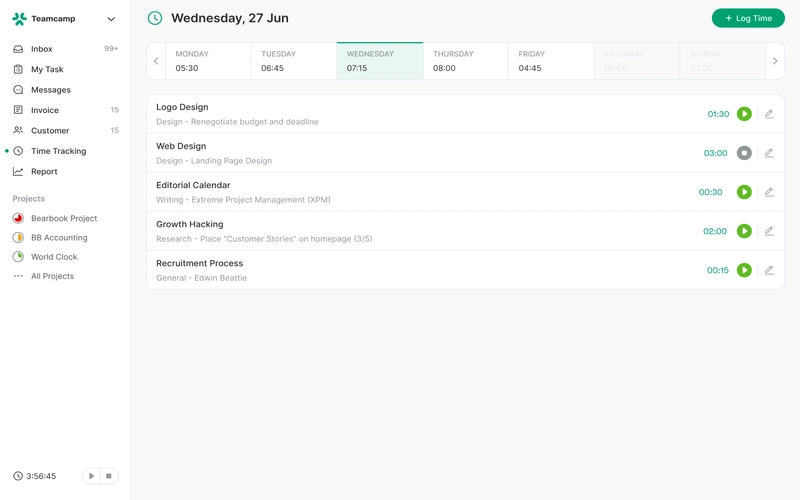
Understanding how you currently spend your time is crucial for better prioritization. Tools that offer time tracking capabilities help you:
- Identify which tasks consistently take longer than expected
- Recognize patterns in your productivity
- Make more accurate estimates for future work
- Justify prioritization decisions with data
Teamcamp's voluntary time tracking feature allows developers to log hours spent on tasks without feeling micromanaged, fostering trust while still providing valuable insights.
Automation Tools
Automation is a developer's best friend when it comes to prioritization. By automating repetitive tasks, you free up mental space and time for essential work:
- Set up CI/CD pipelines to automate testing and deployment
- Create code snippets for common patterns
- Use chatbots for routine communications
- Implement automated code reviews for style issues
Every task you automate is one less thing competing for your attention.
Real-World Prioritization Strategies for Developers
The Ivy Lee Method
This simple but powerful method has stood the test of time:
- At the end of each workday, write down the six most important tasks for tomorrow
- Rank these tasks in order of importance
- When you start work the next day, focus exclusively on the first task until it's complete
- Move to the next task only after finishing the previous one
- Move any unfinished tasks to tomorrow's list
- Repeat daily
Read my Detail blog on Ivy Lee Method
Teams using Teamcamp have effectively implemented this method by using the platform's task prioritization features to identify their six most important tasks and focus mode to concentrate on one task at a time.
Time Blocking for Deep Work
Developers need uninterrupted time for complex coding tasks. Try this approach:
- Identify your 2-3 highest priority tasks for the day
- Block 90-120-minute chunks on your calendar for focused work on these tasks
- Set your status to "Do Not Disturb" during these periods
- Group meetings and administrative work into specific time blocks
- Leave buffer time between blocks for unexpected issues
Teamcamp's unified dashboard makes it easy to identify which tasks deserve dedicated time blocks, while its collaboration features ensure team members know when you're in deep work mode.
The 1-3-5 Rule
This simple framework helps maintain realistic expectations about what you can accomplish in a day:
- Plan to complete one big task
- Plan to complete three medium tasks
- Plan to complete five small tasks
This approach acknowledges that not all tasks require the same amount of time or mental energy, helping you create a more balanced and achievable daily plan.
When to Say No (and How to Do It)
Sometimes, the best prioritization strategy is learning to say no to new tasks when your plate is already full. This can be particularly challenging for developers, but it's essential for maintaining focus and quality.
When a new "urgent" request comes in:
- Assess how it compares to your current priorities
- If it's genuinely more important, explain which current task will be delayed as a result
- If it's not more important, politely explain your current priorities and when you could reasonably take on the new task
- Suggest alternatives (Can someone else handle it? Can it be simplified? Can the deadline be extended?)
Remember: Saying yes is also not beneficial every time, So Saying no to work is you think it's not my work, doing your best work on what truly matters.
Building a Sustainable Prioritization System
Effective prioritization isn't a one-time exercise but an ongoing practice. To build a sustainable system:
- Review priorities daily: Spend 10 minutes each morning assessing what deserves your attention today
- Conduct weekly planning: Take 30 minutes at the start of each week to align your tasks with broader goals
- Reflect and adjust: At the end of each week, evaluate what worked and what didn't in your prioritization approach
- Use the right tools: Leverage platforms like Teamcamp to maintain visibility across projects and keep priorities clear
Teams using Teamcamp report a 28% faster project delivery rate and 32% reduction in administrative work—mainly due to improved prioritization and focus.
Conclusion: From Overwhelm to Control
When everything feels urgent, remember that effective prioritization isn't about doing more—it's about doing what matters most. By implementing frameworks like the Eisenhower Matrix or ABCDE method, focusing on one task at a time, communicating clearly about priorities, and leveraging the right tools, you can transform chaos into clarity.
For development teams looking to streamline their prioritization process, platforms like Teamcamp offer a comprehensive solution that combines task management, collaboration, and productivity tools in one intuitive interface.
With features specifically designed to help developers identify and focus on high-priority work, Teamcamp can be a game-changer for teams struggling with competing priorities.
- Remember: you can't do everything at once, but with the right approach to prioritization, you can ensure you're always working on what truly matters most.
Ready to transform how your team prioritizes tasks? Explore how Teamcamp can help your development team collaborate more effectively, reduce administrative overhead, and deliver projects faster—even when everything feels urgent.












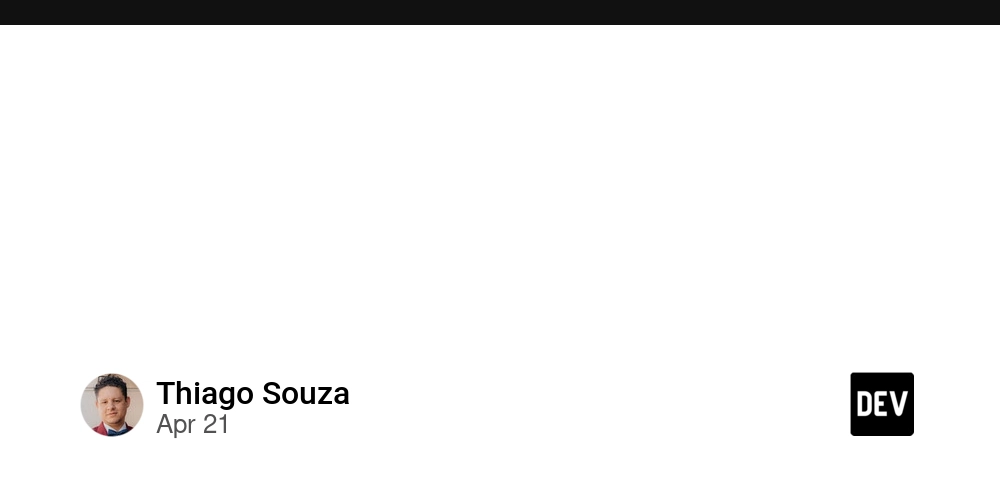
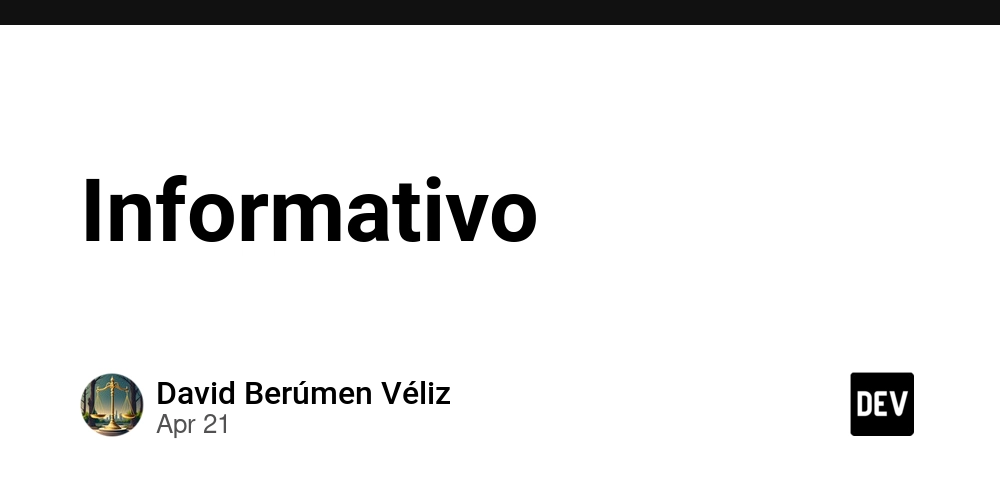




_Tanapong_Sungkaew_via_Alamy.jpg?width=1280&auto=webp&quality=80&disable=upscale#)














































